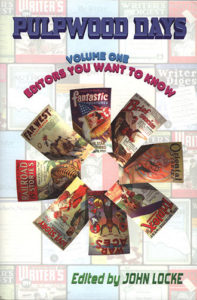 I previously posted on a collection of letters and articles written by pulp fiction authors and editors that appeared in various writer’s magazines during the pulp era. Pulp Fictioneers, edited by John Locke, appeared from Adventure House in 2004.
I previously posted on a collection of letters and articles written by pulp fiction authors and editors that appeared in various writer’s magazines during the pulp era. Pulp Fictioneers, edited by John Locke, appeared from Adventure House in 2004.
Locke soon followed up with two further works from his own Off-Trail Publications: Pulpwood Days, volumes 1 and 2. While each volumes has a different focus, one element that is true of both of them (as well as the original Pulp Fictioneers) is not focusing on works giving advice to authors (or would-be authors), but on works that instead provide a window into the world of pulp from the author’s or editor’s view.
Both collects works from The Writer’s Digest, The Author & Journalist, and Writer’s Year Book.
Volume 1 is subtitled “Editors You Want to Know”. While most of the articles are stand-alone, we also get a couple of article series, both from The Author & Journalist: “Meeting the Editors in Person” and “Editors You Want to Meet.”
As clear from the subtitle, the focus is editors, with works by and about them. What makes this collection valuable is not just the reprints, but the additional material accompanying each article, which gives more information on the subject (if available), and can run from a few sentences to an entire page.
Sadly, there are many major editors not included. I guess they never bothered to write for such works. But of these included, we have a wide gamut. There is Harry Hersey and Ray Palmer (the Amazing Stories editor who promoted the “Shaver Mystery”), but also others such as Daisy Bacon (Love Story and briefly Doc Savage).
I thought it was very interesting that this collection opened and closed with articles by the same author, writer Tom Thursday. The first article from 1925 is very positive on good editors. The second one is from 1952, when pulps were in decline and he wasn’t so positive about editors. It’s an interesting contrast in attitude that reflects the changes in the pulp world.
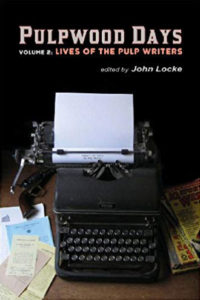 Volume 2 is subtitled “Lives of the Pulp Writers.” We get here the flip side, focusing on the writers during the pulp era. Again, the articles include additional info on the authors. I was surprised by how much we got on many of the authors, most running a few pages each. And like the previous volume, we don’t get works by major authors, but we do get some interesting pieces running from 1928 to 1954. Honestly, I didn’t recognize any authors other than Arthur J. Burks and Steve Fisher. And Tom Thursday from the prior volume.
Volume 2 is subtitled “Lives of the Pulp Writers.” We get here the flip side, focusing on the writers during the pulp era. Again, the articles include additional info on the authors. I was surprised by how much we got on many of the authors, most running a few pages each. And like the previous volume, we don’t get works by major authors, but we do get some interesting pieces running from 1928 to 1954. Honestly, I didn’t recognize any authors other than Arthur J. Burks and Steve Fisher. And Tom Thursday from the prior volume.
We also get a little info on these writer journals. The Student Writer started in 1916 and became The Author & Journalist, while Successful Writing started in 1920 and became The Writer’s Digest. With the large market for writers created by the pulps, these magazines changed from just how to be a better writer to how to break into these new markets. I know The Writer’s Digest is still being published. I wonder how long The Author & Journalist ran?
The first article is a doozy. A pulp author who writes from prison. And he’s not a guard, but an inmate! The background info on him was almost as long as his article. Steven Fisher gives an overview of the ups and downs of his career. Thursday, we learn, provided about two dozen articles to the writer mags, in addition to the several hundred pulp stories. In one we get here, he complains about the “pay on publication” policy of most publishers, as it might be months after submitting a work before an author is paid. In another, he goes over several letters he got from editors.
There is a pair of interesting articles. One is an article by Western author Chuck Martin, followed by a bio about him. Another article is anonymous, but maybe the author gave enough information about his career that someone could figure out who he is.
The cover of this volume has an interesting story, given in the volume. I’d rather not give it away.
Both volumes are still available. If you enjoyed Pulp Fictioneers, get these two volumes.

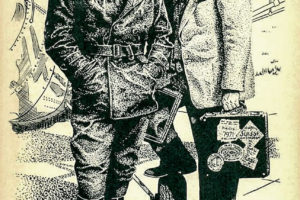
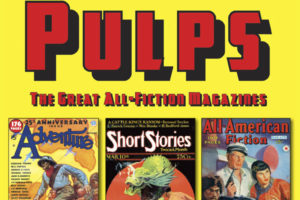
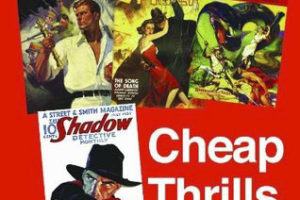
Your comments